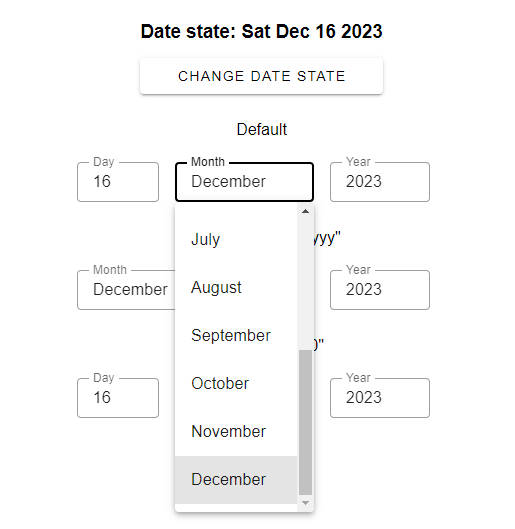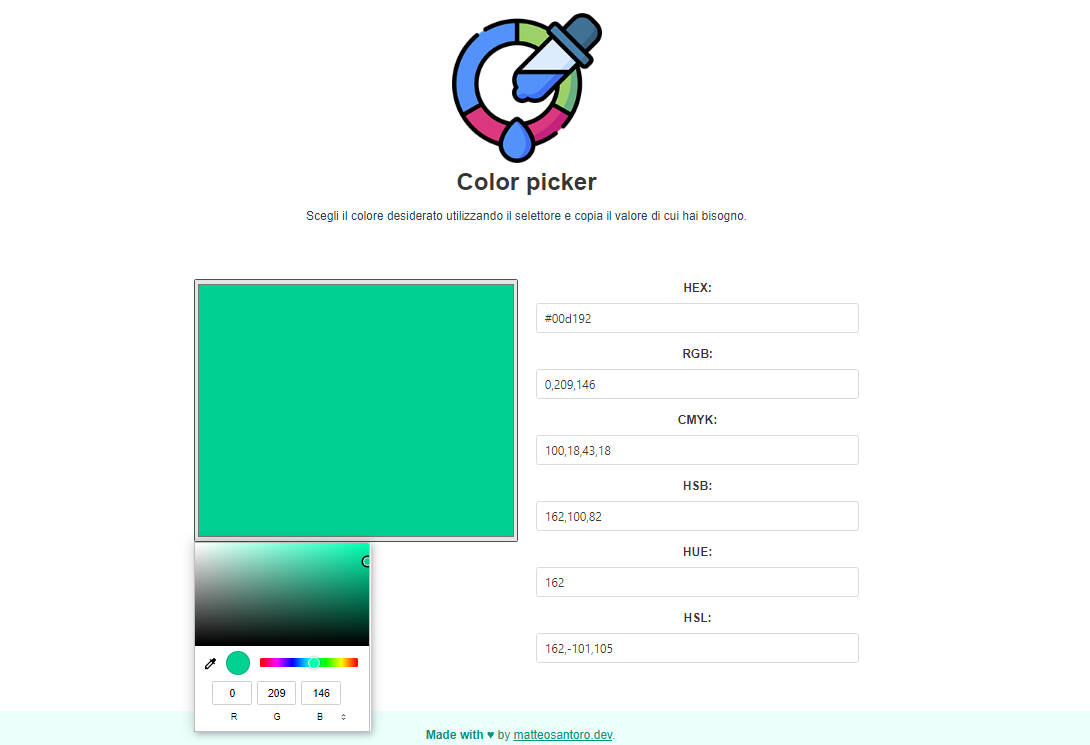vue-subslot
Pick out specific elements from the component <slot>.
<template>
<div class="header">
<subslot element="h1" /> ⬅ Pick only the `h1` element from the default slot
</div>
</template>
? Install
npm i vue-subslot
?♂️ Why?
- ? Cleaner Slot API Give your users a cleaner and more readable API!
- ? Full Slot control Filter out and limit unwanted content from slots!
- ? Tiny
1.04 KBminzipped!
??? Examples
Have you ever developed a parent-child component set, and wanted to allow users to pass in the child-component without specifiying a slot but still have the same level of control as named-slots? With Subslot, you can!
Demo 1: Inline filter attributes

Imagine being able to offer the following API with parent-child components Card and CardHeader.
<card>
<!-- The Card Header will be positioned separetely from the content -->
<card-header>
My special card
</card-header>
My card content
</card>
Using Subslot, this is all the code you need to make this possible. This is what Card.vue looks like.
<template>
<div class="card">
<div class="card-header">
<!-- Pick out the Card Header from the default slot -->
<subslot element="@CardHeader" limit="1" />
</div>
<div class="card-content">
<!-- Use the remainder -->
<subslot not element="@CardHeader" />
</div>
</div>
</template>
<script>
import Subslot from 'vue-subslot';
import CardHeader './CardHeader.vue';
export default {
name: 'Card',
components: {
Subslot,
CardHeader,
}
};
</script>
Demo 2: Named Subslots

Alternatively to using inline filter attributes, you can define subslots on the component. With this approach, you can access subslots like you would normal slots but via $subslots. This is what Card.vue would look like.
<template>
<div class="card">
<div
v-if="$subslots.cardHeader"
class="card-header"
>
<subslot name="cardHeader" />
</div>
<div class="card-content">
<!-- Use the remainder -->
<subslot />
</div>
</div>
</template>
<script>
import Subslot from 'vue-subslot';
import CardHeader './CardHeader.vue';
export default {
name: 'Card',
components: {
Subslot,
CardHeader,
},
mixins: [
Subslot.define({
// Use a string filter
cardHeader: '@CardHeader:1', // Limit 1
cardHeader: '@CardHeader[3:2]', // Offset 3, Limit 2
// Or an object filter
cardHeader: {
element: '@CardHeader',
limit: 1,
},
}),
],
};
</script>
? API
Filter by element tag
As a string, it filters the vnodes by tag (as opposed to component)
<subslot element="div" />
Filter the vnodes with tag child-component
<subslot element="ChildComponent" />
To match a specific component
Use the @ prefix to use the component from the components hash
<subslot element="@ChildComponent" />
Or, pass in the direct Component reference
<subslot :element="ChildComponent" />
To match multiple elements
Pass in an array
<subslot :element="[ChildComponentA, '@ChildComponentB', 'div']" />
To match any element
Use the asterisk to match any element (incl. components). This can be used to filter out text/white-space.
<subslot element="*" />
Offset the number of returned elements
<subslot
element="ChildComponent"
offset="1"
/>
Limit the number of returned elements
<subslot
element="ChildComponent"
offset="1"
limit="1"
/>
Inverse the filter
Set the not boolean to inverse the filter and get everything that doesn't match.
<subslot not element="@ChildComponent" />
Text only
Inverse the element match-all to match only text nodes.
<subslot not element="*" />
Slot fallback
Like normal slots, what you pass into the slot of subslot will be the fallback content of that subslot.
<subslot name="banner">
<default-banner />
</subslot>
? Events
@no-match: Emitted when there are no matching vnodes
⚡ Advanced usage
Pass in vnodes from a difference source
<subslot
:vnodes="$slots.namedSlot"
element="@ChildComponent"
/>
?♀️ FAQ
Will this work for functional components passed into the slot?
Unfortunately not due to how functional components are implemented in Vue.js.
Functional components are stateless and are immediately invoked as a function that outputs vNodes. The outputted vNodes are passed into the slot in place of the functional component. Because Subslot doesn't actually receive the functional component, it's impossible to detect them.





